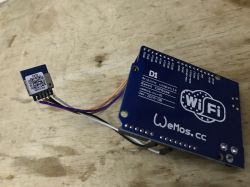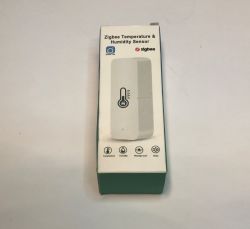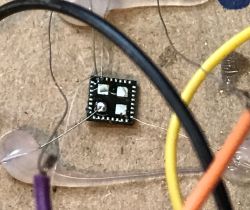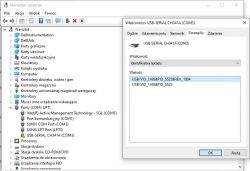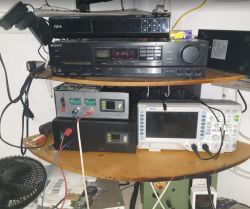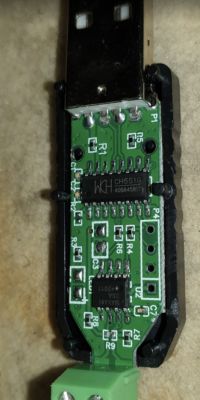Hi
I have an ORNO meter that I would like to connect to the HA.
The meter is in the garage I do not have the possibility to connect to it by wire.
meter-> rs-485 -> wifi -> Homeassistant
Is it possible, maybe someone has done this before?
I've looked on the internet but can't seem to find my way around, I'm a bit green on the subject .
Orno user manual
https://files.orno.pl/manuals/OR-WE-516_manual_PL.pdf
I have an ORNO meter that I would like to connect to the HA.
The meter is in the garage I do not have the possibility to connect to it by wire.
meter-> rs-485 -> wifi -> Homeassistant
Is it possible, maybe someone has done this before?
I've looked on the internet but can't seem to find my way around, I'm a bit green on the subject .
Orno user manual
https://files.orno.pl/manuals/OR-WE-516_manual_PL.pdf



